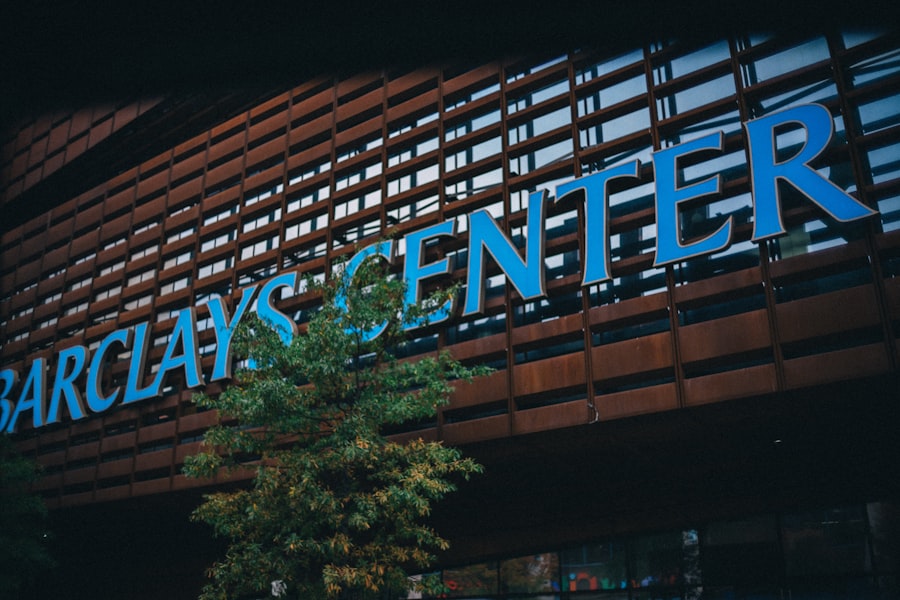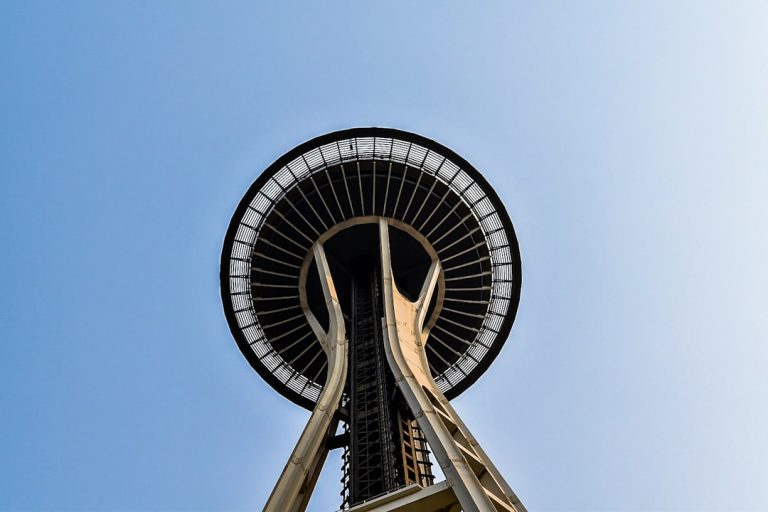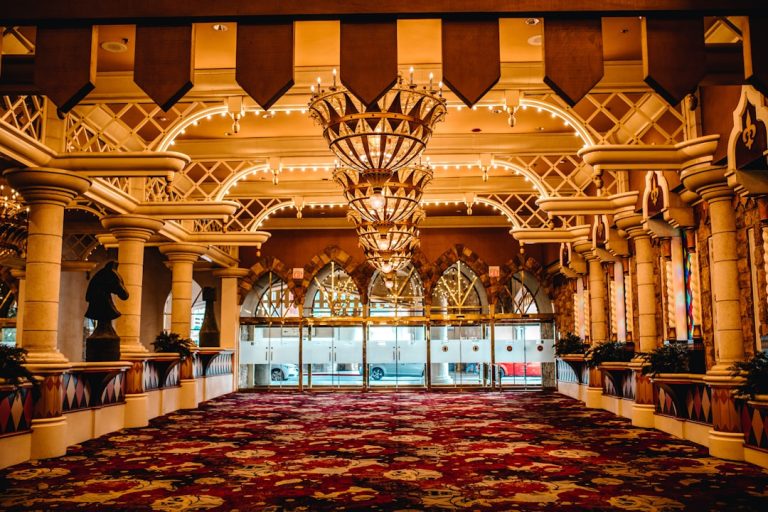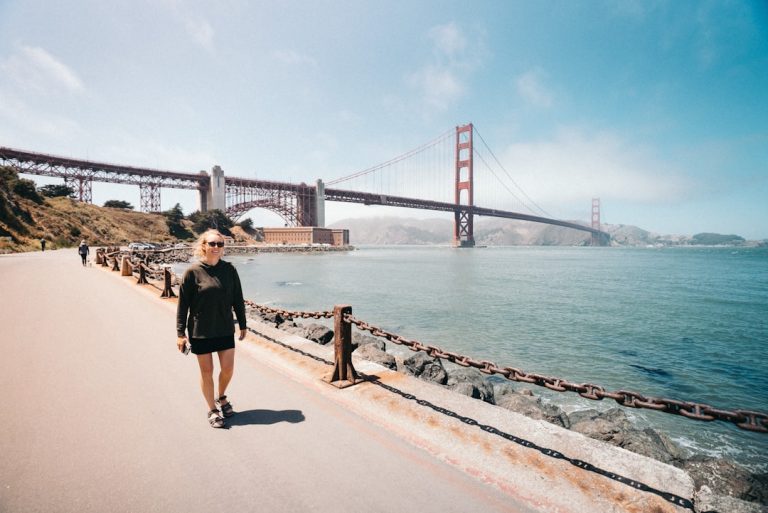
The history of a place often serves as the foundation upon which its culture is built, and this is certainly true for many regions around the world. The historical narrative of a location can be traced through its architecture, traditions, and the stories passed down through generations. For instance, cities like Rome and Athens are steeped in ancient history, with ruins and artifacts that tell tales of empires, conquests, and the evolution of civilization.
The cultural fabric of these cities is woven from the threads of their past, where every monument and street corner has a story to tell. The influence of historical events can be seen in local customs, festivals, and even in the culinary practices that have been handed down through time. In addition to tangible historical markers, the intangible aspects of culture—such as language, music, and art—play a significant role in shaping a community’s identity.
For example, the folk traditions of a region often reflect its historical struggles and triumphs. In many cultures, music serves as a powerful medium for storytelling, preserving the narratives of ancestors while also adapting to contemporary influences. The arts, whether through visual mediums or performance, often draw inspiration from historical events, creating a dialogue between the past and present.
This interplay between history and culture not only enriches the lives of those who inhabit these spaces but also invites visitors to engage with the stories that have shaped the world around them.
Key Takeaways
- The city has a rich history and diverse culture, with influences from various ethnic groups and historical periods.
- Visitors can enjoy a wide range of attractions and entertainment options, including museums, theaters, and live music venues.
- Outdoor enthusiasts can take advantage of the city’s beautiful parks, hiking trails, and water activities.
- The city offers a vibrant dining scene with a variety of international cuisines and a lively nightlife with bars, clubs, and live music venues.
- Shopping enthusiasts can explore the city’s markets, boutiques, and malls for unique souvenirs and local products.
- Throughout the year, the city hosts a variety of local events and festivals celebrating its culture, history, and traditions.
Attractions and Entertainment
Attractions in a given area can range from natural wonders to man-made marvels, each offering unique experiences that cater to diverse interests.
These attractions often come with rich narratives that enhance their appeal; for instance, the Eiffel Tower was initially met with skepticism but has since become a beloved emblem of French ingenuity and romance.
Beyond these well-known sites, many cities boast hidden gems—local museums, art galleries, and historical sites—that provide deeper insights into the region’s heritage. Entertainment options are equally varied, encompassing everything from live performances to sporting events. The theater scene in London, for example, is renowned for its West End productions, showcasing everything from classic plays to contemporary musicals.
Meanwhile, cities like New Orleans are famous for their vibrant music scenes, where jazz clubs and street performances create an atmosphere that celebrates local talent and cultural heritage. Festivals dedicated to film, music, or art further enrich the entertainment landscape, drawing both locals and tourists alike to partake in celebrations that highlight creativity and community spirit.
Outdoor Activities

Outdoor activities offer a unique way to engage with nature while also promoting physical well-being and social interaction. Many regions are blessed with stunning landscapes that provide ample opportunities for hiking, biking, or simply enjoying a leisurely stroll. National parks in the United States, such as Yellowstone or Yosemite, showcase breathtaking vistas and diverse ecosystems that attract outdoor enthusiasts year-round.
These parks not only serve as recreational spaces but also as vital conservation areas that protect wildlife and preserve natural beauty for future generations. Water-based activities are another popular facet of outdoor recreation. Coastal areas often provide opportunities for surfing, kayaking, or sailing, allowing individuals to connect with the ocean while enjoying the thrill of adventure.
Lakes and rivers offer fishing and paddleboarding experiences that can be both relaxing and exhilarating. In mountainous regions, skiing and snowboarding become seasonal highlights, drawing crowds eager to embrace winter sports. The variety of outdoor activities available ensures that there is something for everyone, whether one seeks solitude in nature or camaraderie with fellow adventurers.
Dining and Nightlife
| Category | Metrics |
|---|---|
| Restaurants | Number of restaurants |
| Bars | Number of bars |
| Clubs | Number of clubs |
| Food festivals | Number of food festivals |
The culinary landscape of a region is often a reflection of its cultural diversity and historical influences. Dining experiences can range from street food stalls offering local delicacies to high-end restaurants showcasing gourmet cuisine. For instance, cities like Bangkok are famous for their vibrant street food culture, where vendors serve up dishes like Pad Thai or Som Tum that are both flavorful and affordable.
In contrast, places like Tokyo offer an array of Michelin-starred establishments that elevate traditional Japanese cuisine to an art form. The fusion of flavors from different cultures often leads to innovative dishes that surprise and delight diners. Nightlife is another integral aspect of a region’s social fabric, providing spaces for relaxation and entertainment after dark.
Bars, clubs, and live music venues create an atmosphere where people can unwind and socialize. Cities like Berlin are known for their eclectic nightlife scene, where techno clubs pulsate with energy until dawn. In contrast, more laid-back locales may offer cozy pubs or wine bars where patrons can enjoy intimate conversations over craft cocktails or local brews.
The nightlife experience is often enhanced by cultural events such as open mic nights or themed parties that reflect the community’s character.
Shopping and Markets
Shopping can be an adventure in itself, offering insights into local culture through crafts, fashion, and food products. Markets often serve as vibrant hubs where artisans showcase their work alongside fresh produce and culinary delights. For example, the Grand Bazaar in Istanbul is one of the oldest covered markets in the world, featuring thousands of shops selling everything from spices to textiles.
The sensory experience of wandering through such markets—filled with colors, scents, and sounds—provides a glimpse into the daily lives of locals while also offering unique souvenirs for visitors. In addition to traditional markets, modern shopping districts often blend high-end retail with local boutiques. Cities like New York boast iconic shopping streets such as Fifth Avenue alongside trendy neighborhoods like SoHo that feature independent designers and vintage shops.
This juxtaposition allows shoppers to experience both luxury brands and one-of-a-kind finds. Furthermore, online shopping has transformed the retail landscape by providing access to global products while also supporting local businesses through e-commerce platforms.
These gatherings often highlight traditional practices through music, dance, food, and art. For instance, the Carnival in Rio de Janeiro is a world-renowned festival characterized by vibrant parades featuring samba dancers adorned in elaborate costumes.
This event not only showcases Brazil’s rich cultural tapestry but also serves as a platform for social commentary on issues affecting local communities. Seasonal festivals also provide opportunities for communities to come together in celebration of harvests or historical milestones. The Oktoberfest in Munich is a prime example of how a local event can gain international recognition while remaining rooted in tradition.
Visitors flock to this festival to enjoy German beer, traditional foods like pretzels and sausages, and lively music—all while experiencing Bavarian culture firsthand. Such events foster connections among attendees while preserving customs that might otherwise fade away in an increasingly globalized world. Through these various facets—history and culture, attractions and entertainment, outdoor activities, dining and nightlife, shopping and markets, as well as local events and festivals—one can gain a comprehensive understanding of what makes a region unique.
Each element contributes to a rich tapestry that reflects the identity of its people while inviting exploration and engagement from those who visit.
If you’re intrigued by the diverse attractions and historical insights found in Arlington, Texas, you might also enjoy exploring more about other cities in the United States. For instance, Long Beach, California offers a unique blend of urban and coastal experiences, much like Arlington’s blend of cultural and recreational sites. To learn more about what Long Beach has to offer, from its vibrant waterfront to its rich cultural heritage, check out the detailed exploration in the article







